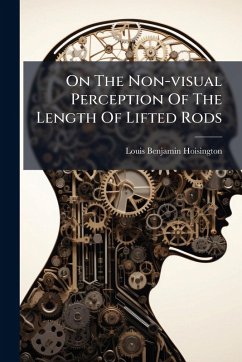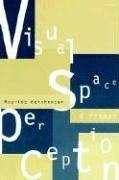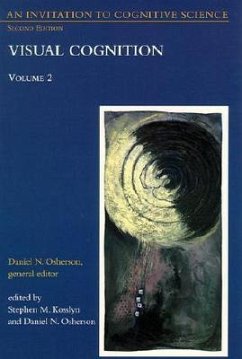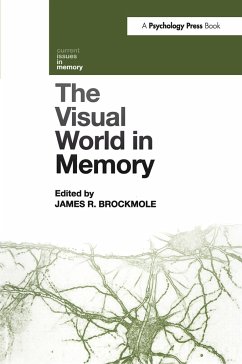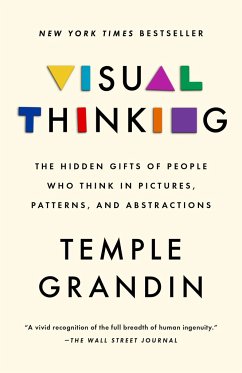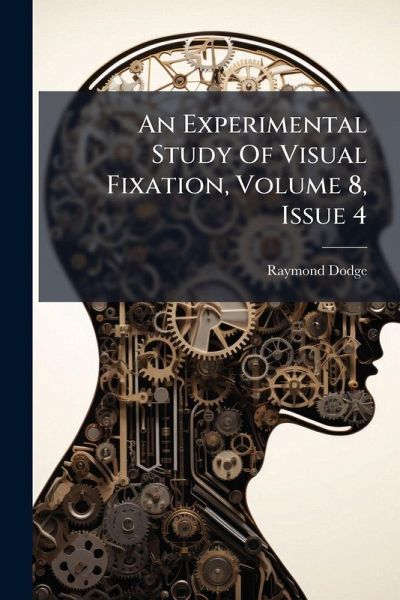
An Experimental Study Of Visual Fixation, Volume 8, Issue 4

PAYBACK Punkte
9 °P sammeln!
An Experimental Study Of Visual Fixation, Volume 8, Issue 4 delves into the intricacies of eye movements and visual attention through rigorous experimental methodology. Authored by Raymond Dodge, this work provides a detailed exploration of visual fixation, offering valuable insights into cognitive psychology and neurology. The study examines the patterns and mechanisms underlying how the human eye focuses on specific points, contributing to a deeper understanding of visual perception and cognitive processes. This volume presents comprehensive research on the experimental aspects of visual fix...
An Experimental Study Of Visual Fixation, Volume 8, Issue 4 delves into the intricacies of eye movements and visual attention through rigorous experimental methodology. Authored by Raymond Dodge, this work provides a detailed exploration of visual fixation, offering valuable insights into cognitive psychology and neurology. The study examines the patterns and mechanisms underlying how the human eye focuses on specific points, contributing to a deeper understanding of visual perception and cognitive processes. This volume presents comprehensive research on the experimental aspects of visual fixation, making it an essential resource for researchers, academics, and students in the fields of psychology, neuroscience, and related disciplines. Dodge's meticulous approach and insightful analysis render this study a significant contribution to the scientific literature on vision and cognition. This work has been selected by scholars as being culturally important, and is part of the knowledge base of civilization as we know it. This work was reproduced from the original artifact, and remains as true to the original work as possible. Therefore, you will see the original copyright references, library stamps (as most of these works have been housed in our most important libraries around the world), and other notations in the work. This work is in the public domain in the United States of America, and possibly other nations. Within the United States, you may freely copy and distribute this work, as no entity (individual or corporate) has a copyright on the body of the work. As a reproduction of a historical artifact, this work may contain missing or blurred pages, poor pictures, errant marks, etc. Scholars believe, and we concur, that this work is important enough to be preserved, reproduced, and made generally available to the public. We appreciate your support of the preservation process, and thank you for being an important part of keeping this knowledge alive and relevant.



